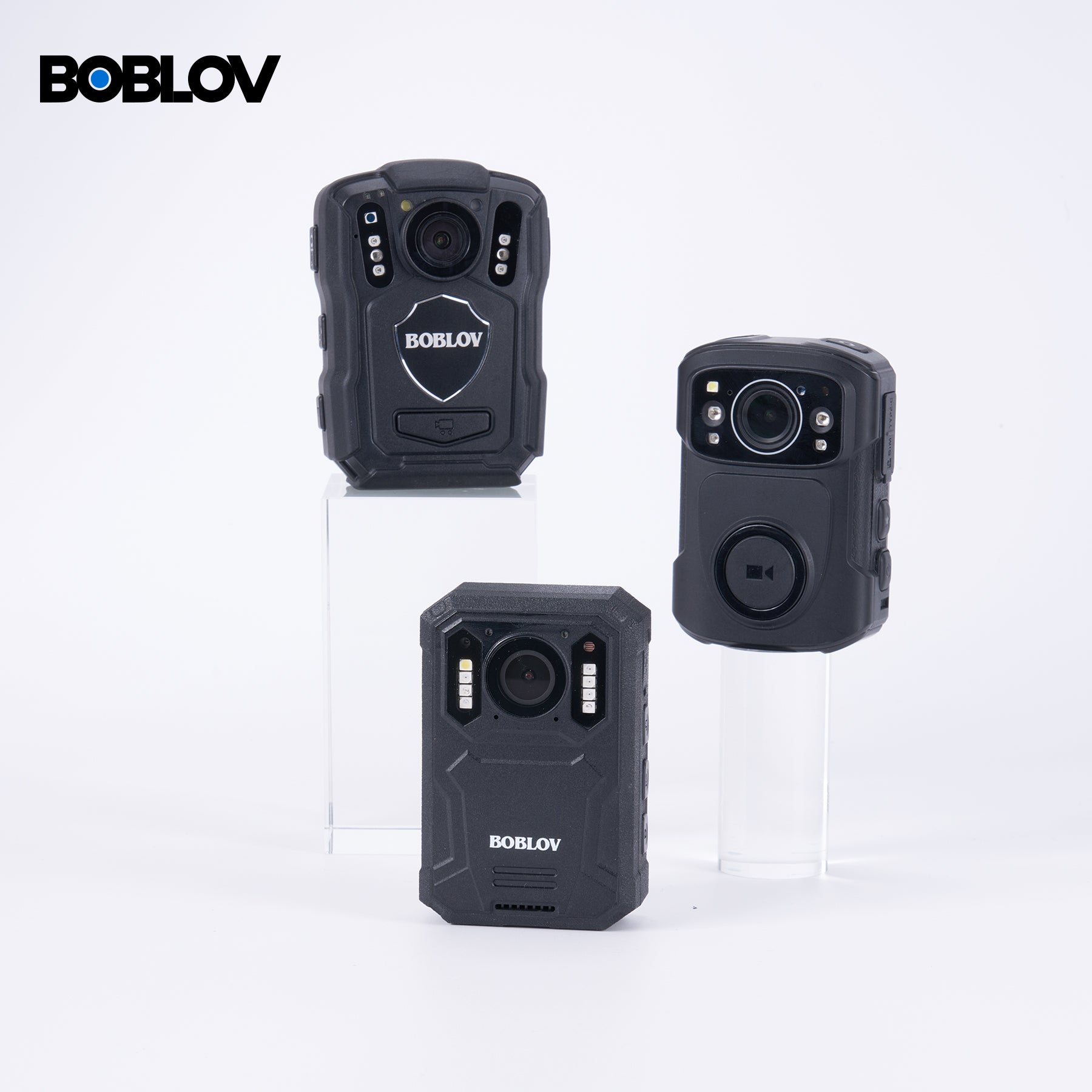Understanding the Role of Body Cameras in Law Enforcement
The Evolution of Body Worn Cameras in the Police Force
Body worn cameras (BWCs) have become a key resource for police in the U.S. In the early days, officers used bulky, mounted units. Now, devices like the Boblov are compact and easy to wear. They record interactions with the public. This helps with transparent policing. The rise of BWCs has led to new policies and debates about privacy and use of force. The Boblov camera is part of this new wave of technology. It offers high-quality video for evidence and training purposes. It has also changed how officers act on duty. The camera acts as a third eye, capturing crucial moments. This evolution echoes the modern demand for accountability in law enforcement.

Legal Implications of Using Body Cameras in the United States
In the U.S., body cameras are legal tools for police. They must follow rules when used. The laws vary by state. They aim to protect rights and clarify events. The cameras can help in court, too. But privacy concerns are key. This is why the use of cams is a serious topic. And why training on their use is vital.
How Body Cameras Influence Police Tactics and Public Safety
Body cameras have altered how police engage with the public. They provide a record of interactions. This record can deter misconduct and support training efforts. Video footage aids in resolving public complaints quickly. This tech fosters transparency, building trust in communities. It also affects officer behavior, often leading to de-escalation tactics. Overall, body cams help ensure safer outcomes for all involved parties.
The Boblov Body Camera: Features and Functionality
Technical Specifications of the Boblov Body Camera
The Boblov body camera stands out with impressive specs. Key features include high definition (HD) video recording, which ensures clear footage. Night vision capabilities allow for use in low light conditions. The camera boasts a wide-angle lens to capture more with each frame. Long battery life guarantees extended usage in the field. Models also offer ample storage space for hours of recording. With these specs, Boblov caters to the rigorous demands of law enforcement.
User Experience and Intuitive Design
The Boblov body camera is designed with users in mind, offering features that enhance interaction and accessibility. This device boasts a user-friendly interface, characterized by simplified navigation menus and easy-to-access controls. This makes it straightforward for officers, regardless of their tech-savviness, to operate the camera efficiently during various police operations. Important functions like recording start/stop, playback, and data transfer are made hassle-free. Feedback from officers suggests that these intuitive features minimize disruptions during critical moments, allowing them to focus more on their immediate tasks.
Enhancements in Image Quality and Low Light Performance
The Boblov body camera has made notable strides in image quality and low light performance. This is crucial for officers who often work during night shifts. Enhanced sensors allow for clearer images in dark settings. Night vision capabilities are also improved. This aids in the accurate documentation of events regardless of lighting conditions. With these upgrades, officers can feel confident in the evidence they capture. These advancements in technology thus support both officer and public safety.
Evaluating the Impact of the Boblov Body Camera on the US Police Force
Case Studies: The Boblov Camera in Action
- In Denver, police used Boblov cameras during a large event. It helped identify threats quickly.
- An L.A. county patrol unit reported fewer complaints since Boblov cameras were in use.
- A study in Miami showed Boblov cameras reduced use-of-force incidents. Officers felt more accountable.
- In New York, Boblov cameras provided clear footage, leading to faster case resolutions.
User Feedback and Adoption Rates Among Law Enforcement Agencies
The impact of Boblov cameras on US police is clear. User feedback has been pivotal in assessing their worthiness. Agencies have noted Boblov's ease of use and robust design. This is crucial for police work. Adoption rates reflect this feedback, showing a growing trust in Boblov cameras. They have become popular tools across various departments. The Boblov model is now a staple in law enforcement. It balances tech with the demands of fieldwork. Its impact promises to grow in the years ahead.
Future Outlook: The Integration of AI and Machine Learning in Body Cameras
As technology advances, so does police gear. AI and machine learning (ML) are now merging with body cameras like Boblov's. These smart systems can auto-tag incidents, making reports faster. They may also help with real-time decision-making. Faces and actions could be recognized, aiding in crucial moments. With AI, Boblov cameras could scan for wanted persons or missing kids. But, privacy concerns grow with such tech. In the future, the aim is to balance safety and ethics in AI-enhanced policing tools. This might change how officers patrol and interact day-to-day.




